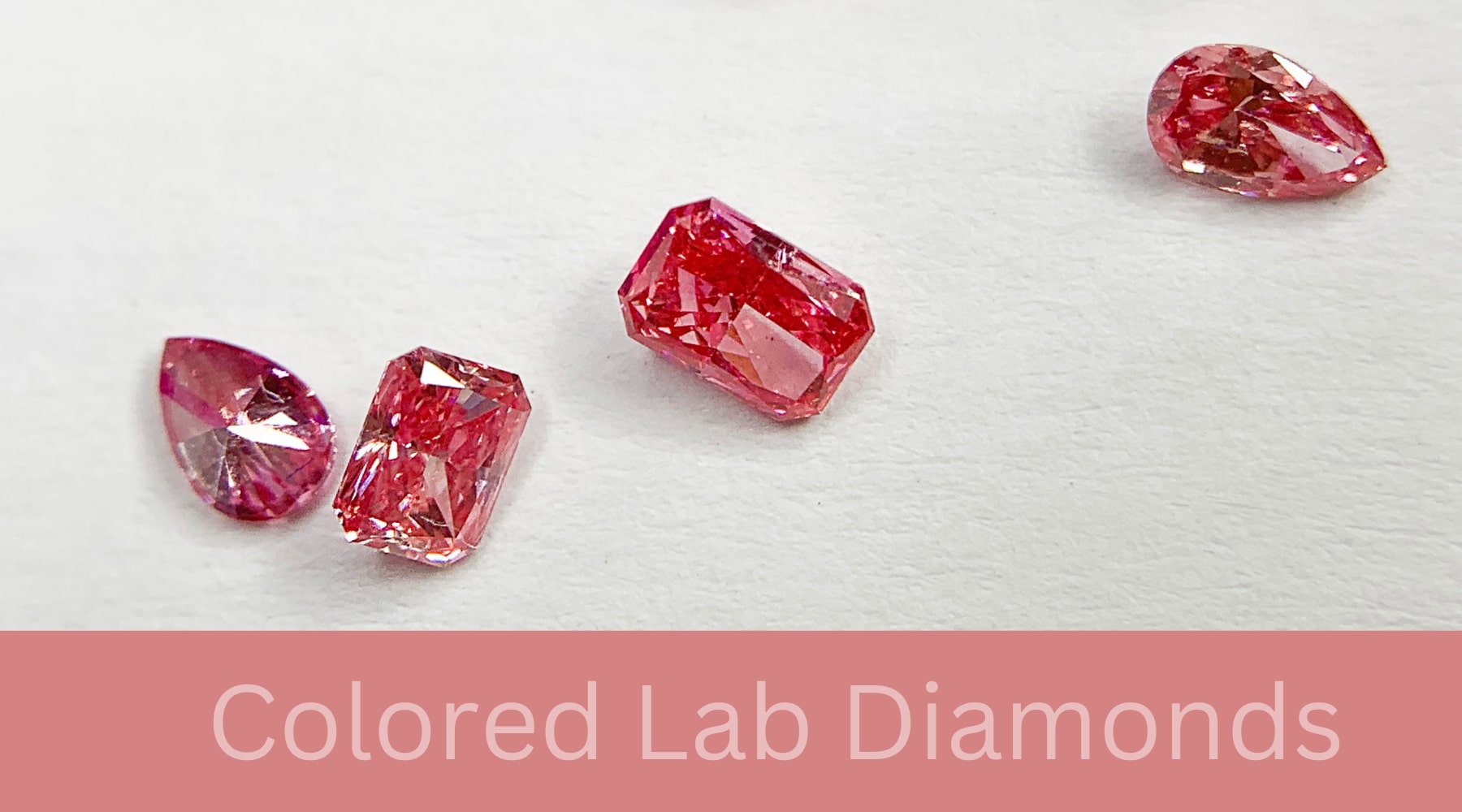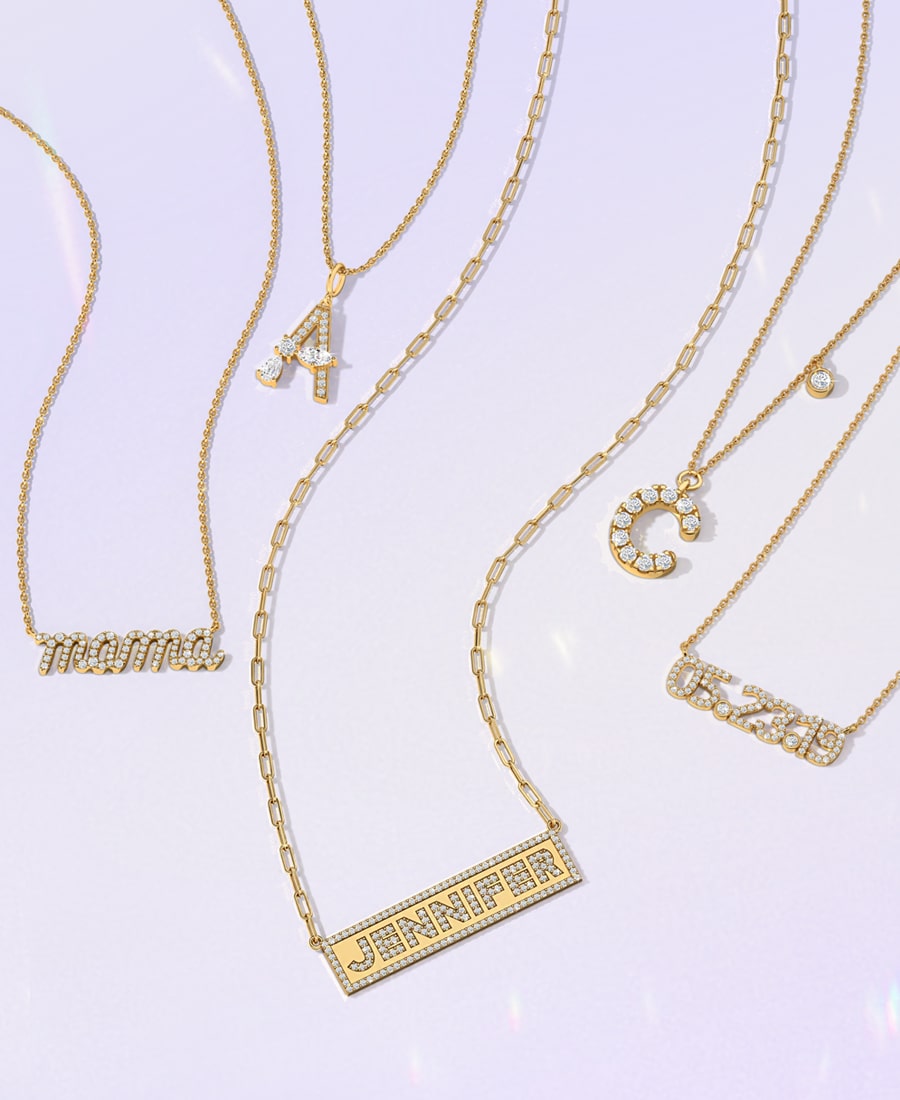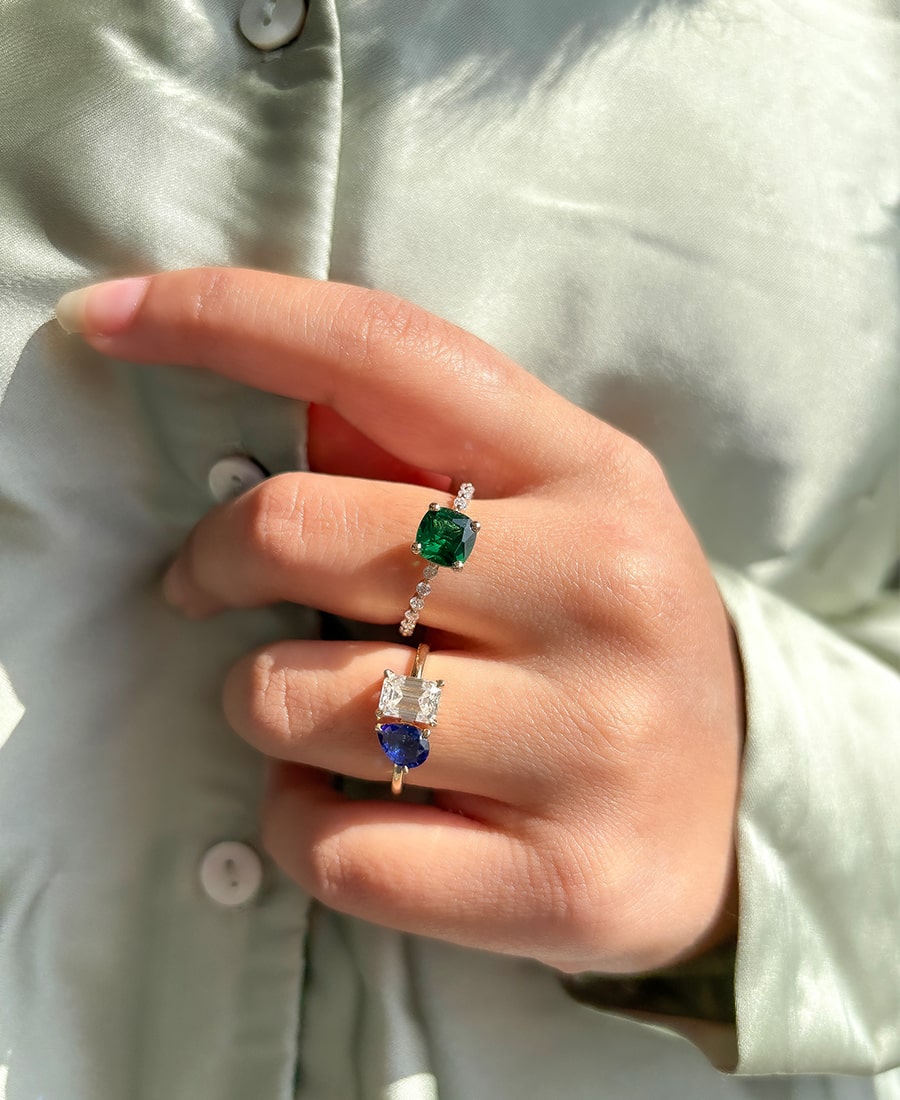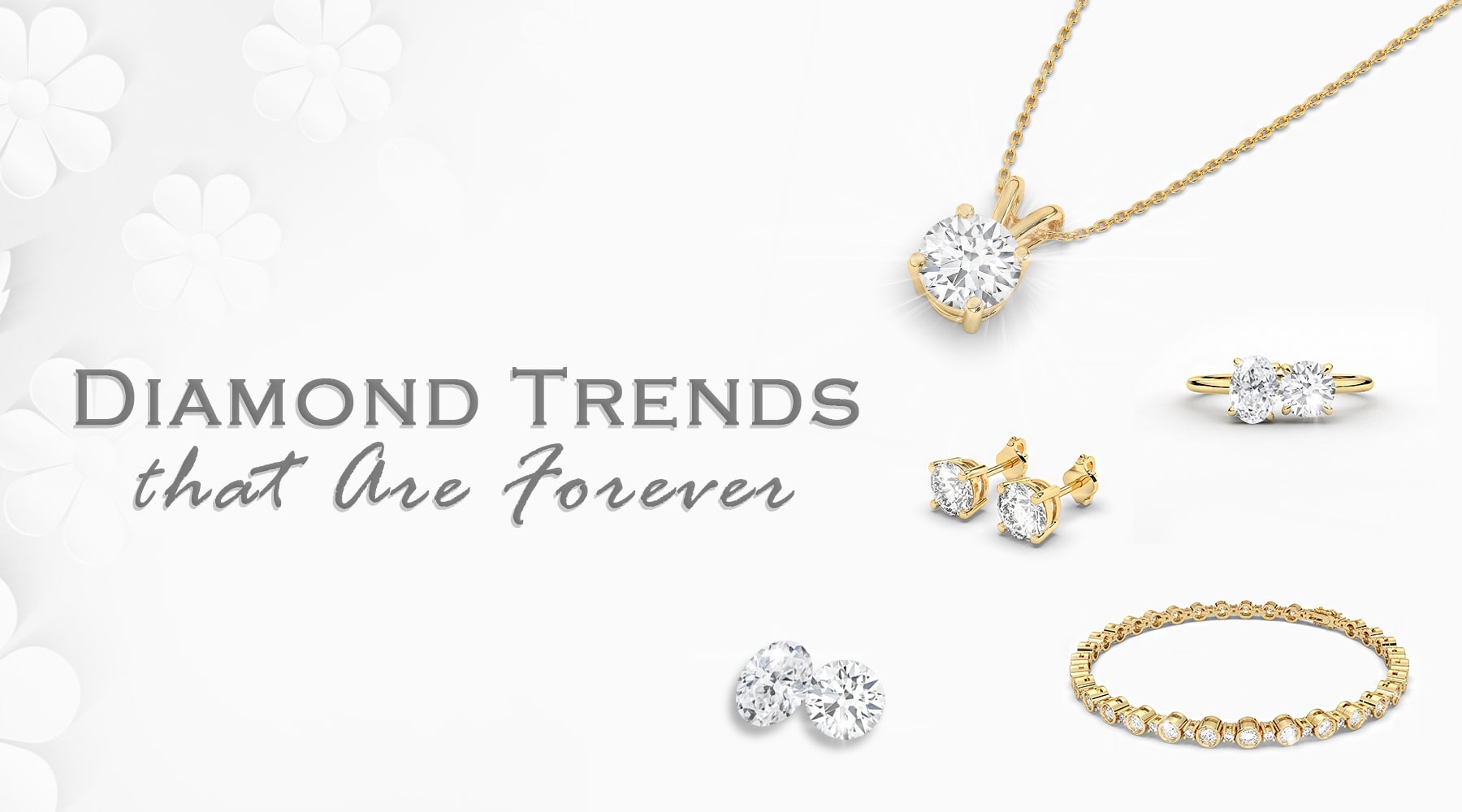
How Are Fancy Colored Lab Diamonds Made?
Synthetic fancy-colored diamonds or lab-grown diamonds are as beautiful and socially responsible as natural diamonds. These diamonds are designed in laboratories through state-of-the-art technology and are available in some of the most attractive colors, including pink, blue, yellow, and green, to mention but a few. To that end, this article will unveil the method of creating these brilliant colored lab diamonds and the science behind the process, besides establishing their differentiation against natural diamonds. So, let me guide you to the domain where colored diamonds are artificially cultured in laboratories.
Key Takeaways
|
|
What Are Lab-Grown Diamonds?
Cultured diamonds are a carbon-quality product that is synthesized by scientists in laboratory conditions. They are completely artificial, and as far as density, atomic structure composition, and other characteristics, they are indistinguishable from naturally formed diamonds. The chief distinction is based on how they are being developed. Natural diamonds are grown deep in the earth’s crust for billions of years under pressure and in high-temperature conditions. However, lab-grown diamonds are prepared much faster, and it takes only a few weeks to facilitate the formation of one.
Cultured diamonds look like natural diamonds and have one difference in their characteristics. First, they are cheaper than mined resources and are environment-friendly, as mining has negative impacts on the environment. Moreover, lab-grown diamonds come in a variety of colors, some of which cannot be obtained from natural occurrences.
How Are Fancy Colored Diamonds Made Naturally?
Before we start with the topic of lab-grown colored diamonds, let’s first learn all about natural colored diamonds and how they get their many colors. Natural diamonds are produced deep in the earth, but in the process of formation, some diamonds are accompanied by the incorporation of other materials or particles. These minerals can alter the way light is reflected in the diamond, thus producing different colors.
For instance, blue diamonds tend to owe their color to the mineral boron. Yellow diamonds, on the other hand, contain nitrogen, making them light yellow or yellow in color. However, other shades, such as green or pink, can be a result of external causes, such as radiation or changes in the crystal formation process when the diamond is being formed.
These colored diamonds are having a huge craze among the people. There are so many people all across the globe who are ready to invest thousands of dollars in these natural-colored diamonds. However, owing to their uniqueness, they have high-end prices. Sometimes, it’s not possible for people to afford these costly natural diamonds. That’s where colored lab-grown diamonds come in.
How Are Lab-Grown Diamonds Made?
Lab-grown diamonds are created in one of two ways: the High Pressure High Temperature (HPHT) method or the Chemical Vapor Deposition (CVD) method.
HPHT Method
This type of process was said to copy the manner in which diamonds are naturally formed. Scientists place a tiny diamond seed in a machine. The machine uses a lot of heat and pressure to help the diamond grow. Carbon, which makes up diamonds, sticks to the seed and forms layers. Over time, the diamond gets bigger.
CVD Method (Chemical Vapor Deposition)
In this method, the diamond seed is placed in a chamber. Scientists add gases rich in carbon and heat them using microwaves. The heat breaks the gas into tiny carbon pieces, which stick to the diamond seed and grow the diamond, layer by layer.
Both methods make diamonds that are exactly like natural ones. The CVD method is more often used to create colored lab-grown diamonds.
How Do Lab-Grown Diamonds Get Their Colors?
Lab-grown diamonds can get beautiful colors by adding special elements during the growth process. Different elements give diamonds different colors. Here are some examples:
Yellow and Brown Diamonds:
Yellow diamonds are the most common lab-grown colored diamonds. They get their color from nitrogen atoms added during the process. Nitrogen absorbs blue light, making the diamond look yellow. The more nitrogen, the deeper the yellow color. Just imagine how gorgeous a yellow diamond will look with a monochrome set. It will add the perfect pop tint to your overall look without disturbing the aesthetics.
Blue Diamonds:
Bron is added while the diamond grows to make blue diamonds. Boron makes the diamond reflect blue light. Blue diamonds can range from light blue to deep ocean blue. This blue shade can uplift the overall appearance of the diamond jewel, making it the perfect choice for people.
Green Diamonds:
Green diamonds are created by exposing the diamond to radiation. The radiation changes the diamond’s structure a bit, making it reflect green light. The longer the diamond is exposed, the deeper the green color. This green shade can be the perfect choice when it comes to a modern outlook.
Pink, Red, and Purple Diamonds:
These colors come from a mix of nitrogen and radiation. After the diamond grows, it is heated to bring out pink, red, or purple shades. These colors are rare and very beautiful.
Other Colors:
Lab-grown diamonds can also come in other colors, like orange, black, or gray. These colors happen when specific elements are added or when the diamond is made under different conditions.
Fancy Colored Lab Diamonds vs. Natural Colored Diamonds
Lab-grown colored diamonds and natural-colored diamonds look the same and have the same structure. But there are some key differences:
Cost
Lab-grown diamonds are usually cheaper than natural-colored diamonds. Since they are made in labs, they don’t require mining, which makes them less expensive.
Environmentally Friendly
Lab-grown diamonds are better for the environment because they don’t need to be mined from the Earth. Mining can damage nature, but growing diamonds in labs is eco-friendly.
Availability
Natural colored diamonds, like pink or blue diamonds, are very rare. However, lab-grown colored diamonds are easier to find and come in many different colors. Therefore, when you are dreaming of a diamond of a distinctive color, lab-grown ones are the best rescues.
Conclusion
Fancy-colored lab-grown diamonds are a great choice if you want beautiful, colorful diamonds without spending too much or harming the environment. Scientists use advanced technology to create diamonds in lovely colors like yellow, blue, green, and pink. These diamonds are not only affordable but also eco-friendly.
Whether you are looking for a unique piece of jewelry or an engagement ring, lab-grown colored diamonds offer a perfect alternative to mined diamonds. They are real, stunning, and better for the planet.
FAQs
1. What are lab-grown diamonds?
Lab-grown diamonds are real diamonds made in a lab using advanced technology.
2. How do lab-grown diamonds get their color?
Colors in lab grown diamonds come from adding special elements like nitrogen or boron during growth.
3. Are lab-grown diamonds cheaper than natural diamonds?
Yes, Lab grown diamonds are usually less expensive than natural ones.






